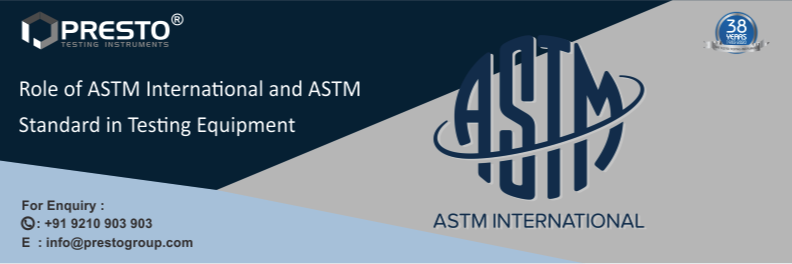

The ASTM international is a developing organization in the world providing an environment for the development and publication of the international voluntary consensus standards for products, systems, materials, and services. The organization has volunteer members of different subjects like consumer products, medical devices, additive manufacturing, petroleum, nanotechnology, etc. The volunteer members of ASTM represent consumers, producers, users, academia and government from more than 140 countries. These members are responsible for the development of the technical documents on the basis of manufacturing management, codes & regulations for industry sectors, and procurement.
A standard is a document that is developed and established through ASTM’s consensus principles. A standard fulfills the requirements of procedures and regulations set by ASTM.
The ASTM standards are critical during the manufacturing of the testing equipment.
ASTM Standards for Laboratory Testing Machines
ASTM standards are supported by the companies, individuals, and various institutions, for example:
The important point to remember that the ASTM does not have any testing facilities to test the products. The testing equipment needs to be tested in the laboratory or can also be performed by an independent, third-party laboratory to get the conformance to an ASTM standard. ASTM do not accredit the laboratories, however, provide inspection services for product & personnel certification and cement and concrete industry.
The ASTM’s laboratory testing standards are set for various laboratory testing instruments to check the design, make, and standard dimensions to use in the laboratory for procedures. The standards have a significant contribution for the manufacturers and suppliers of the testing devices for ensuring the superior quality using right skills.
Related Blogs

Cyclic Salt Spray Testing Machine explained with diagram, test cycles, working process, and industrial applications. Learn how cyclic corrosion testing ensures product durability and compliance.

"Improve paper quality testing accuracy by up to 85% with a Cobb Tester. Reliable, fast, and essential for packaging and paper manufacturing quality control."

Prevent product failures with torque testers that ensure accurate and consistent tightening force for optimal performance.